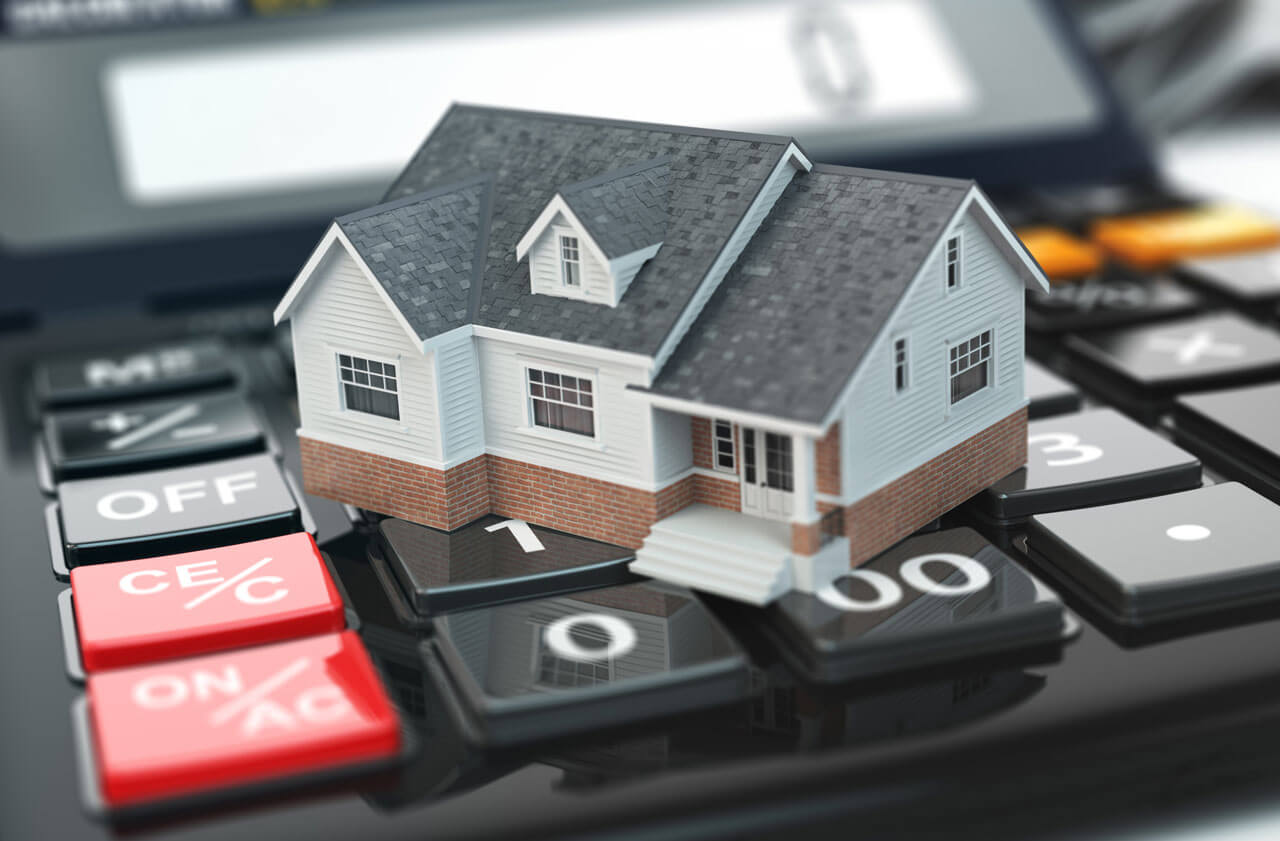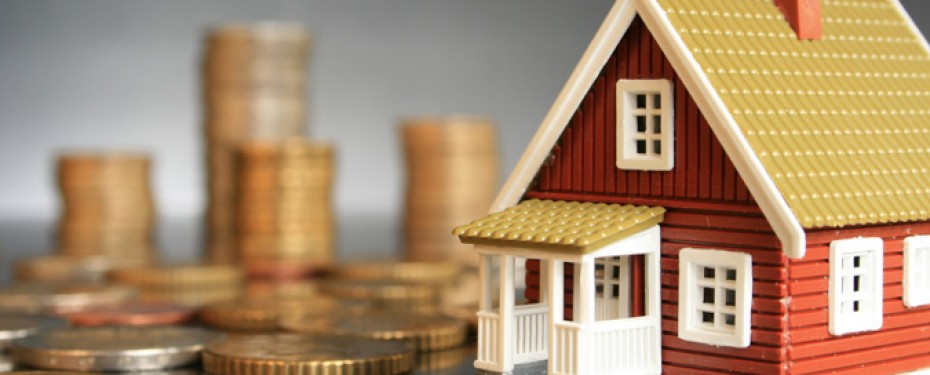
Buying a home is an exciting milestone—but it also demands careful financial preparation. Knowing how much you can afford, and planning for both expected and unexpected costs, will set you up for long-term success. Here’s a breakdown of how to build a realistic house-buying budget that balances your dreams with your finances.
1. Start with Your Down Payment
First, determine how much you need for the down payment. In many jurisdictions:
• For homes priced up to a threshold (for example, $500,000), the minimum down payment might be around 5%.
• For homes above that threshold, a higher percentage may apply for the portion over that amount.
• If you put down less than about 20%, you’ll often need to purchase mortgage insurance.
Saving more than the minimum helps reduce your monthly mortgage, lower your interest rate, and build equity faster.
2. Calculate the Monthly Payment You Can Afford
Beyond the down payment, understand how much you can comfortably pay monthly. A good guideline is:
• Your housing-related costs (mortgage principal and interest, property taxes, insurance) should remain within a reasonable percentage of your income.
• Also consider other debts and expenses—owing a car loan, credit cards, or student loans reduces how much you can safely borrow.
This ensures you’re not “house rich but cash poor” once you own the property.
3. Don’t Forget Closing and Extra Up-Front Costs
Once you’ve found your home and negotiated a deal, expect these additional costs:
• Legal or notary fees for paperwork, title searches, registration.
• Taxes on the purchase—such as land or property transfer tax.
• Inspection, appraisal, and possibly survey costs.
• Utility connection fees and moving expenses.
These costs often add up to thousands in addition to your down payment, so budgeting for them ahead of time is key.
4. Account for Ongoing Ownership Costs
Owning a home isn’t just the mortgage. You’ll need to budget for:
• Property taxes and homeowner’s insurance.
• Utility bills (electricity, gas, water, sewer) often rise compared to renting.
• Maintenance, repairs, and landscaping. A common rule of thumb: set aside 1-4% of your home’s value per year for upkeep.
• For condos or strata homes: monthly or annual fees for shared property maintenance.
Factoring in these recurring costs gives you a clear picture of true affordability.
5. Build a Cushion for the Unexpected
Homeownership comes with surprises: emergency plumbing issues, heating system replacement, roof repair, or garden rehab. To safeguard your budget:
• Maintain an emergency fund specifically for your home.
• Avoid pushing your budget to the limit—leave wiggle room in your monthly payment for life’s curveballs.
• Recognize that your home is more illiquid than other assets—so plan accordingly.
6. Match Your Budget to Your Time Horizon
Your timeline and goals should shape your budget. If you plan to live in the home for many years, you might stretch a little now, knowing you’ll pay down the mortgage and build equity. If you expect to move or change jobs soon, you may want a more conservative budget. Long-term ownership often rewards careful planning; short-term investment sometimes requires more flexibility.
7. Monitor Interest Rates and Down Payment Size
Since mortgage costs depend heavily on interest rates and financing terms, being strategic helps:
• A lower rate means lower monthly payment and less total interest.
• A larger down payment reduces the borrowing amount and may remove the need for mortgage insurance.
• Smaller mortgages are better when rates are high; larger down payments act as a hedge.
By watching interest trends and saving more upfront, you improve your budget’s strength.
8. Prepare a Full Budget Worksheet
To bring it all together:
1. Home purchase price: Estimate what you’re willing to spend.
2. Down payment: Determine your minimum and ideal target.
3. Monthly housing cost: Mortgage + taxes + insurance.
4. Other debt obligations: Car payment, student loans, credit cards.
5. Recurring costs: Utilities, maintenance, condo fees if any.
6. Closing costs & upfront new-home costs.
7. Emergency fund/reserves: Buffer for repairs and unexpected events.
By filling this out, you’ll see whether the home purchase fits your financial picture or stretches it too far.
Final Thoughts
Budgeting for a house is about more than reaching a down payment goal—it’s about building a plan that supports your financial future and ensures homeownership enhances your life, not stresses it. When you account for down payment, monthly payments, closing costs, ongoing expenses, savings for the unexpected, and your timeline, you’ll buy not just a home—but a sustainable lifestyle.
If you’re ready to analyze your budget and match it to the right home for your life stage and goals, I’m here to help. At Jag Sidhu Real Estate Group, my aim is to guide you into a home that’s the right fit—financially and personally. Let’s build your home-buying plan together.
Posted by Jag Sidhu PREC* on


Leave A Comment